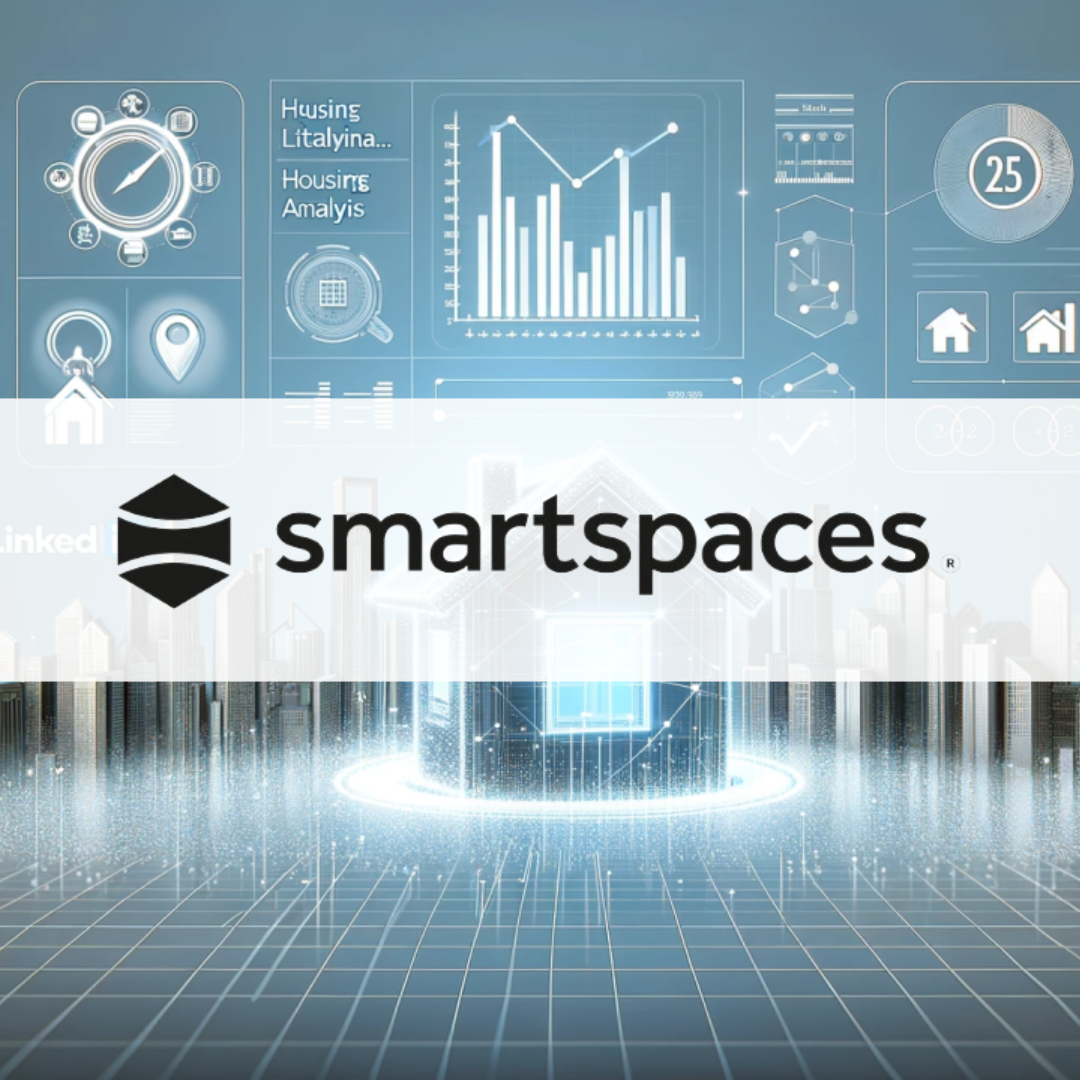
Shared 19 September, 2024
PropTech Connect » News & Insights » News

In 2006, the British mathematician Clive Humby is said to have coined the phrase ‘data is the new oil’, prompting the emergence of dozens if not hundreds of think pieces whose authors raved about how digital information would change the world. As is often the case with these sorts of things, Humby’s actual meaning got lost. ‘Like oil, data is valuable,’ he said, in clarification. ‘But if unrefined it cannot really be used.’ It would have been quicker if he had just said ‘garbage in, garbage out’ – a mantra among computer scientists keen to remind the world that flawed, biassed or poor quality information or input produces a result or output of a similarly lacklustre quality. But the fact remains that Humby, essentially, was totally correct: the right kind of data has enormous value, and in just about every field, from professional football to high finance to, increasingly, commercial real estate.
The emergence and rise of the Internet of Things – physical objects fitted with sensors, software, and other technology for the purpose of connecting and exchanging data over the internet – was the initial big step for the commercial real estate sector. For the first time, the vast wealth of information that accumulated every day in a given building could be collected. Consider something as basic as who enters and who leaves the building. Doing this by sight, especially at busy times of day, is difficult. A basic IoT device at entrances, exits and in restricted areas can record who’s coming and who’s going. That boosts security. Or think about monitoring the environment of the building – temperature, humidity, air quality, light levels. It’s next to impossible for one person, or even a team of people, to do this throughout the day. But if you equip the building with the right sensors in the right places, you can gather up all of this information.
One way to think about this is to imagine that a building is a living thing. Living things receive information all the time through their senses. We see, hear, smell, taste, touch. IoT gives buildings the ability to sense what’s happening within them. The more advanced the IoT, and the more IoT that exists within a given building, the more refined the data, and the more complete the picture that the data paints. Data gathered in one way in the building contextualises data gathered in another. A sudden rise in temperature in a certain room might make it seem as if that room is about to burst into flame. But if occupancy is also tracked, then you’ll know that an increased number of people in that room explains the rise.
The analogy crumbles a bit when you remember that living things don’t just take in information. They respond to it. Which is not to say that information isn’t of enormous value, but that information can be acted on. When it’s cold, you or I might put on a jacket. When you or I are hot, we might open a window. Now, buildings can do this, too: they can respond to input with output. And that’s thanks not just to IoT but to AI: with AI, not only can information and insights about a building be rendered in a user-friendly way to the owner or manager, but it can have the building respond automatically to certain stimuli. For example, if the temperature in a room is high, then the air conditioning can kick in. If a lift is showing wear and tear, a maintenance team can be called. Humidity can be adjusted in real time to keep it at an optimal level.
The emergence of these ‘smart’ buildings began with the rise in data quality and availability. And now, thanks to the rise of smart buildings, the commercial real estate sector is transforming. Building and company owners and managers can now bring down costs by minimising waste and optimising energy usage, shrink their carbon footprints for the same reason, and coax reluctant staff members used to remote working back into the office: a company can now promise its employees a level of security, comfort, cleanliness and reliability that they’ve never had before – wherever they happen to be in the building. All this translates into rising property value, spaces that are adaptable to changing trends and environmental compliance in a shifting regulatory landscape. Data – gathered by IoT and made usable by AI – is setting new standards for the built world.
This transformation isn’t over. As I’ve already said, the quality and quantity of the technology that senses the data, and the sophistication of the technology that makes the data intelligible and responds to it, is only going to get better with time. That means that there will undoubtedly be countless use cases that no one has yet dreamt up. It also means that costs will keep falling, sustainability will keep rising, and the tenant experience will improve all the time. That makes our sector an extremely exciting place to be. And it’s thanks, ultimately, to data.
Written with Dan Drogman, CEO at Smart Spaces
Join our community of 200,000+ real estate leaders and get weekly insights and updates with our newsletter.









*Offer ends on Friday, 7th February.
